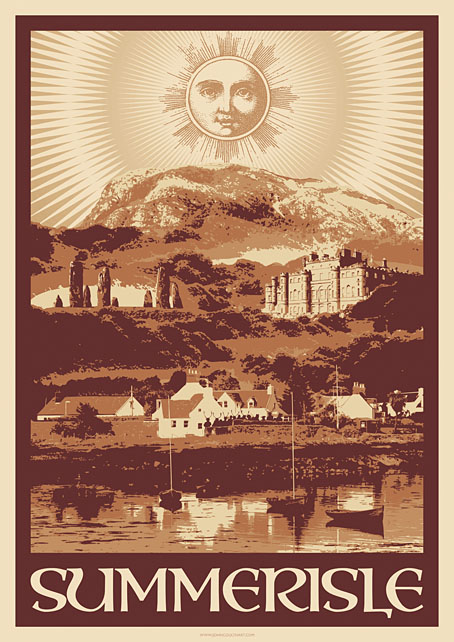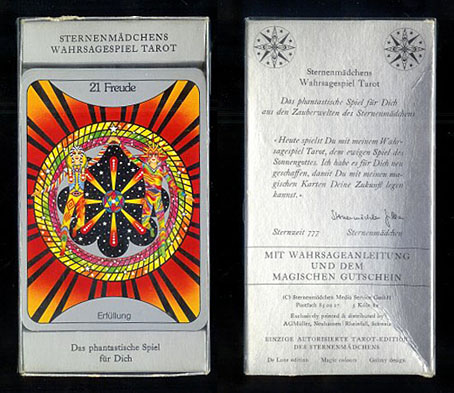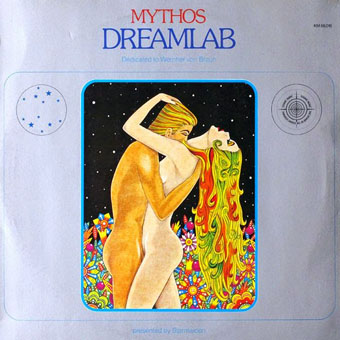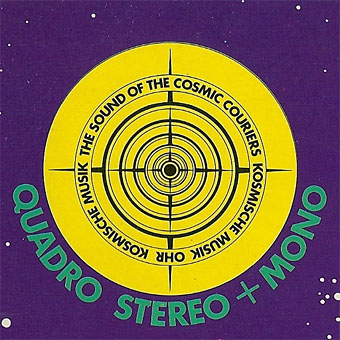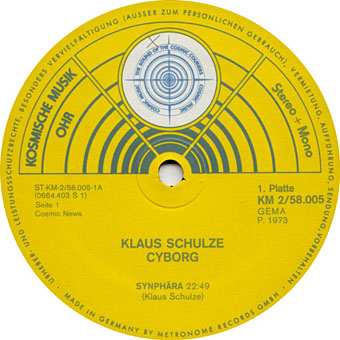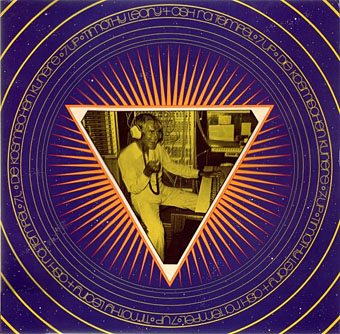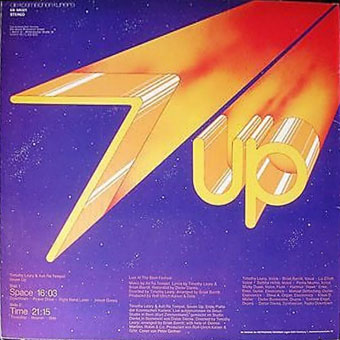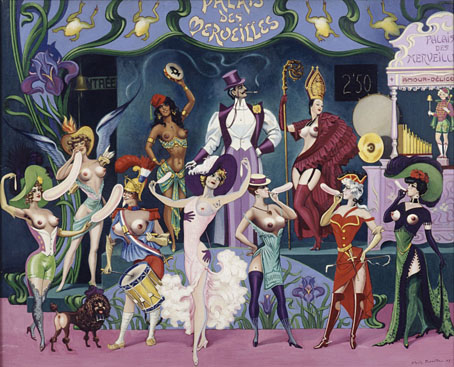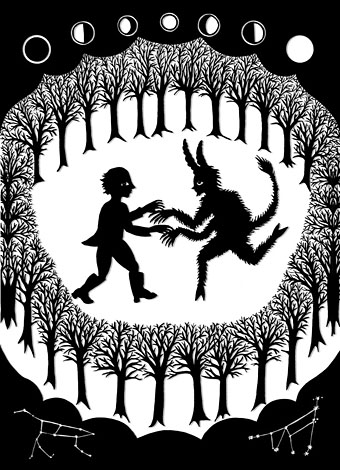Presenting the second in what is now a series of travel posters for the fictional regions of Old Weird Britain. In 2012 I created a poster for the village of Milbury from Children of the Stones, a design derived from the London Transport posters of the 1920s promoting destinations outside the city. At the time I had a vague idea of maybe doing more in this style but it’s taken this long to produce something new.
Summerisle is an obvious choice but not necessarily an easy one. The popularity of The Wicker Man means that a small cottage industry of Summerisle souvenirs already exists, most of the products being concerned with the events of May Day 1973. A travel poster would represent a location rather than a single date so that wasn’t a problem, but I also wanted to avoid any Wicker Man silhouettes. The appearance of the Wicker Man at the end of the film is a secret being revealed, it’s not something the islanders would broadcast to the world, hence the concentration here on the village, the manor house and the standing stones. The sole nod to the island’s customs is the group of people lurking behind a wall. Another temptation would be to use the Nuada sun as seen in the film but others have already made use of that so I took a sun face from an old Tarot card.
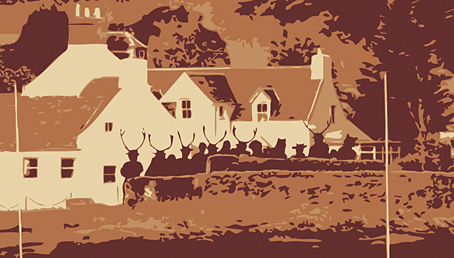
As with the Milbury poster, this is now a design available on a range of CafePress products. These are mostly paper goods for the time being; setting up new shops at CafePress becomes increasingly time-consuming as the company adds more yet clothing, phone cases and household goods. Among the new products, however, there’s a stainless steel flask which I wouldn’t usually add but which is perfect for a design promoting a Scottish island. I think I’ll have to order one for myself.
Previously on { feuilleton }
• Wicker mania
• Milbury souvenirs
• Children of the Stones

